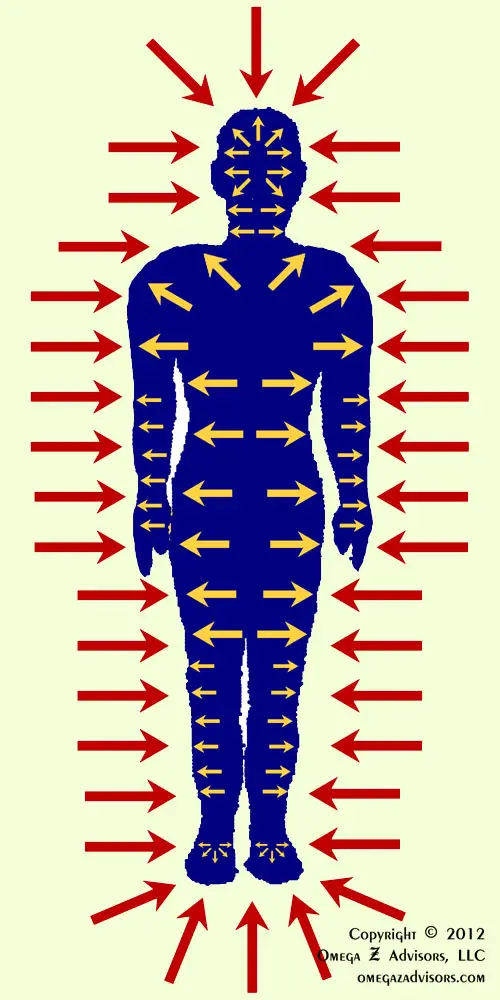Soft Tissues, Soft Skills, Hard Work
The body has 206 bones. The number of skeleton muscles is in the 639-850 range depending on definition, not including though the heart muscle, smooth muscles or ones for each hair follicle. Defining muscles is a far harder task than defining bones is.
In business we apply hard and soft skills. Hard are specific, teachable, definable and measurable. Soft make those much more difficult. Hard skills apply to companies’ structures: organization, processes, operations, rules and procedures – their bones. Soft skills apply to their people – their muscles.
Without bones, our muscles would collapse as soft tissue blobs inert on the ground. Without muscles, bones would fall like sticks. Without structure, companies would be chaotic groups of people. Without people, they would be just bytes of procedures, policies and rules.
Repairing and healing broken bones is critical, requiring rest and perhaps a couple months. Rehabilitating surrounding muscles, even before a surgery, is important too, but is much harder, requiring much more work and time. As a juror, both lawyers explained the much harder task of defining and diagnosing soft tissue injuries versus structural ones. Even legally, soft is harder, and hard is easier.
Comparatively, companies’ people are much harder to define and quantify than their structural aspects are, making soft skills harder to apply and hard ones easier. After all, we naturally drift to easily visible, definable and quantifiable problems, those usually requiring hard skills. Similarly, lying still while a doctor repairs bone is much easier than rehabilitating muscles is. If undone though, muscles will be weaker.
Thus, reorganizing and restructuring companies without applying necessary soft skills before and after is akin to neglecting rehab. As doctors say though, it’s most critical for a successful recovery. Working soft tissues and applying soft skills are much harder work though . . . and easier to neglect.




So the real message is: “Dealing with any situation, where typically ‘soft is harder, and hard is easier,’ requires dealing with all issues.”
Yes, John, that’s a good way of summarizing it. That means dealing with all issues, known and unknown, visible and invisible, definable and undefinable, quantifiable and unquantifiable, and tangible and intangible.
I really like your list of possible issues! Because they can be very pivotal, I’d add real and imagined. We’ve all faced those imagined ones – imagined by us and / or others!
I chuckled when I read this, John. You’re so right. Exploring what is real and imagined is very important.